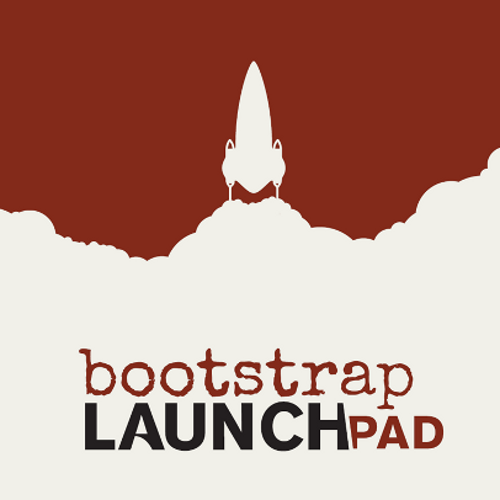Early this year I reconnected with an old friend. Martyn Crew is the founder and CEO of Bootstrap Marketing (bootstrap-mktg.com), one of the best Silicon Valley marketing agencies. If you are launching a new product, a new company, or breaking into a new market, Bootstrap is the partner you want.
 But long before Bootstrap was even a glimmer in Martyn’s eye, he and I were colleagues at a software startup in San Francisco. I ran product management, and Martyn was in charge of sales. Working in a basement office on Townsend St, we were 20-somethings trying to figure it out in real time. (That neighborhood is now packed with startups. I wouldn’t be surprised to find another pair of young entrepreneurs just like us in that same basement at this very moment. Although, they probably don’t have to re-start their hard disks after a power failure by spinning the platter with a pencil eraser like I did! Ah, the good old days.)
But long before Bootstrap was even a glimmer in Martyn’s eye, he and I were colleagues at a software startup in San Francisco. I ran product management, and Martyn was in charge of sales. Working in a basement office on Townsend St, we were 20-somethings trying to figure it out in real time. (That neighborhood is now packed with startups. I wouldn’t be surprised to find another pair of young entrepreneurs just like us in that same basement at this very moment. Although, they probably don’t have to re-start their hard disks after a power failure by spinning the platter with a pencil eraser like I did! Ah, the good old days.)
Fast forward to this spring, when Martyn and I met for lunch. I told him about the work I had been doing with startups using the Quantitative Product-Market Fit (QPMF) framework. My colleague Chris Sorensen and I developed QPMF when we were both Entrepreneurs in Residence at a Silicon Valley Startup Accelerator, as a way to help founders clarify their customer’s needs and desires and focus product strategy on their most important differentiated benefits.
 We created QPMF with product teams and product strategy in mind, but Martyn instantly recognized that it might be equally useful in a marketing context. As I mentioned, Martyn’s company specializes in launches; most of his clients are new startups, established companies launching new products, or foreign companies bringing successful products to the US market. The first step in a successful launch is a solid positioning architecture. Martyn asked me: could the QPMF framework help his clients with their positioning?
We created QPMF with product teams and product strategy in mind, but Martyn instantly recognized that it might be equally useful in a marketing context. As I mentioned, Martyn’s company specializes in launches; most of his clients are new startups, established companies launching new products, or foreign companies bringing successful products to the US market. The first step in a successful launch is a solid positioning architecture. Martyn asked me: could the QPMF framework help his clients with their positioning?
We decided to try it out. Our first client was an established player in natural gas transaction management. Next was a big data startup with an amazing new marketing analytics solution. Next, a European company that wanted to bring their very successful database replication technology to the US market. After that we helped launch an enterprise collaboration software company, a hybrid cloud IT infrastructure product, and a new crowd-sourced HR recruiting solution.
With a few launches under our belts, we knew we were on to something. By taking a few days at the beginning of an engagement to clarify the market segments, customer value dimensions, competitors, and differentiated advantages of any particular product, we helped these companies build a solid positioning architecture. And the positioning architecture is the foundation for everything else that is essential to a successful launch: branding, website, social media presence, sales collateral, PR strategy, PPC, direct marketing campaigns… everything.
Martyn and I have now integrated the QPMF framework into the Bootstrap Launchpad process, Bootstrap’s methodology for product and company launches. The basics are outlined in two short guides that are available on Amazon. This is one of the things I love about Bootstrap – in the best Silicon Valley tradition, they’ve “open sourced” their methodology and made it available to all. If you’re getting ready to launch something new, you will probably find these guides useful.
Check out the Bootstrap Launchpad guide (http://amzn.com/151687918X), and for a deeper look at QPMF see the Bootstrap Product-Market Fit Guide (http://amzn.com/151715362X). I think they’ll help you make sure that your launch takes you where you want to go.









